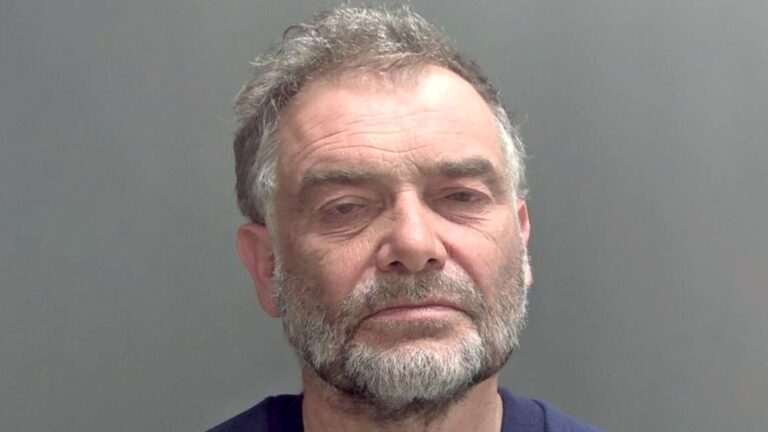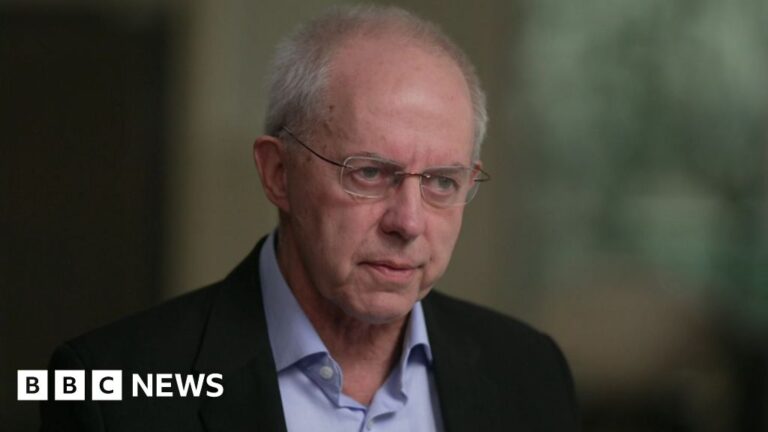

If you’ve ever spent your Monday morning commute daydreaming about starting afresh with your career, this feature is for you.
Each week in the Money blog, we speak to someone from a different profession to discover what it’s really like. This week we chat to Zak Hussein about the realities of being a self-employed royal photographer…
The main perk of the job is… the travel. Royal tours have included the Caribbean, Australia and Canada as well as more remote places like Bhutan, Fiji and Tonga. I’ve been lucky enough to cover some very significant events with a ringside seat including two royal weddings, the Queen’s funeral and the King’s coronation. I’ve also covered the birth of three royal babies. When you are covering these events, you know that the images will be published and seen in years to come, which is a highly rewarding part of the job.
I always try to not be intrusive… I’m there to document what the Royal Family are doing and as such I like to keep my distance so that they can concentrate on what they are doing and who they are speaking to. There are sometimes situations when you are in very close proximity to members of the Royal Family, so it’s a case of grabbing your shot and taking a step back.
 Image: Pic: Zak Hussein
Image: Pic: Zak Hussein
Any unflattering pictures tend to go in the bin… I always try to take pictures that show them in a positive light. But creatively I am pretty much free to shoot in whatever style I want, there are no specific rules in this aspect. The main thing is that you are not allowed to alter an image in terms of what is in the picture. Cloning and taking people and objects out of an image is a big no-no. You can’t do anything to misrepresent what is in front of you.
Behind the scenes they are pretty normal… and not as perfect as they sometimes seem!
One person who does stand out is… Queen Camilla. She always smiles and says hello.
 Image: A smiling Queen Camilla in 2024. Pic: Reuters
Image: A smiling Queen Camilla in 2024. Pic: Reuters
One funny moment happened on a beach in Cornwall… a few years ago with the Prince and Princess of Wales. We were standing on the beach with the sea behind us. As we were shooting, the tide was coming in. By the end of the event we were ankle deep in seawater. This didn’t go unnoticed to William and Kate, who found the whole thing highly amusing.
Interestingly, A-listers are… often the least diva-ish.
There’s one UK-based personality who thinks nothing of keeping photographers waiting for hours and hours… It’s got to the point where we place bets on just how late she will be; even when she’s in the building she will keep us waiting for no apparent reason.
You need to be patient… Sometimes, you are up at 5.30am, get to the job early to get a good spot, then wait around for it to start. You might only take pictures for 30 seconds, and then it is time to start editing. Most royal engagements happen during the day; entertainment events such as red carpet film premieres happen in the evening, so you need to be prepared to work all hours and weekends. There are times when you feel you have wasted the whole day for not much reward but also days when the long hours really pay off.
 Image: The Royal Family attracts almost endless attention from the cameras. Pic: Reuters
Image: The Royal Family attracts almost endless attention from the cameras. Pic: Reuters
My salary is totally dependent on picture sales… so varies month to month, year to year. The more iconic pictures will always sell, even years after they were taken, and will generate the most money. It isn’t the case that you make a lot in a single sale. Often pictures sell for a small amount of money, depending on the size it is printed, but sales add up over time.
If you are a staff photographer at a photo agency you will start on a low salary… maybe £18-20k, but this will rise over time to reflect your experience. Top staff photographers can earn upwards of £50-60k. There is a lot more security being a staff photographer and benefits such as guaranteed income, camera equipment and other expenses paid for you.
As a freelancer I have to cover all my own costs but have the freedom to be my own boss… meaning I can decide what events they would like to shoot. Unlike staff photographers, freelancers keep the copyright to their photos.
 Image: Pic: Zak Hussein
Image: Pic: Zak Hussein
There isn’t really a retirement age in this job and… There’s a royal photographer in his 80s who is still working and going on royal tours.
Read more from this series:
£1,000 a day, drunk celebrities and fighting pirates: What it’s really like being a bodyguard
‘I work 34 hours a week, finish at 1.30pm regularly – and this is how to ace the toughest manoeuvre’
‘I’m a teacher – read this if you think it’s all holidays and 3pm finishes’
The advent of digital photography… changed the whole industry massively. It meant that you could take as many photos as you wanted, whereas with film, you were limited to 36 pictures per film. This meant you really had to pick your moment. It also made the industry more competitive as more people were doing the job. Things became more about speed and getting the pictures sent out to picture desks as quickly as possible. The earlier a picture gets to a newspaper or magazine, the more chance there is of it getting used. Photographers now need to be editors, too. Taking pictures is only part of the job nowadays. Once you’ve finished shooting, you’ve got to get them downloaded onto a laptop, edited and sent out as quickly as possible.
 Image: The coronation was a career highlight for Zak – as these papers show, competition was fierce and pictures became part of history. Pic: Reuters
Image: The coronation was a career highlight for Zak – as these papers show, competition was fierce and pictures became part of history. Pic: Reuters
The King’s coronation was a standout job of my career… There was a lot of pressure for photographers going into it, knowing how much of a historical event this was. As with most jobs I cover, photos are taken outside – therefore, weather plays a big part. We were all hoping for good weather but unfortunately during the arrivals the heavens opened, and it poured down with rain. My cameras were getting totally soaked and I was left with a choice of either stopping shooting to protect my expensive equipment or to carry on shooting and hoping for the best. I felt I had no choice other than to continue. The cameras managed to make it through but were completely ruined and required very expensive repairs.




